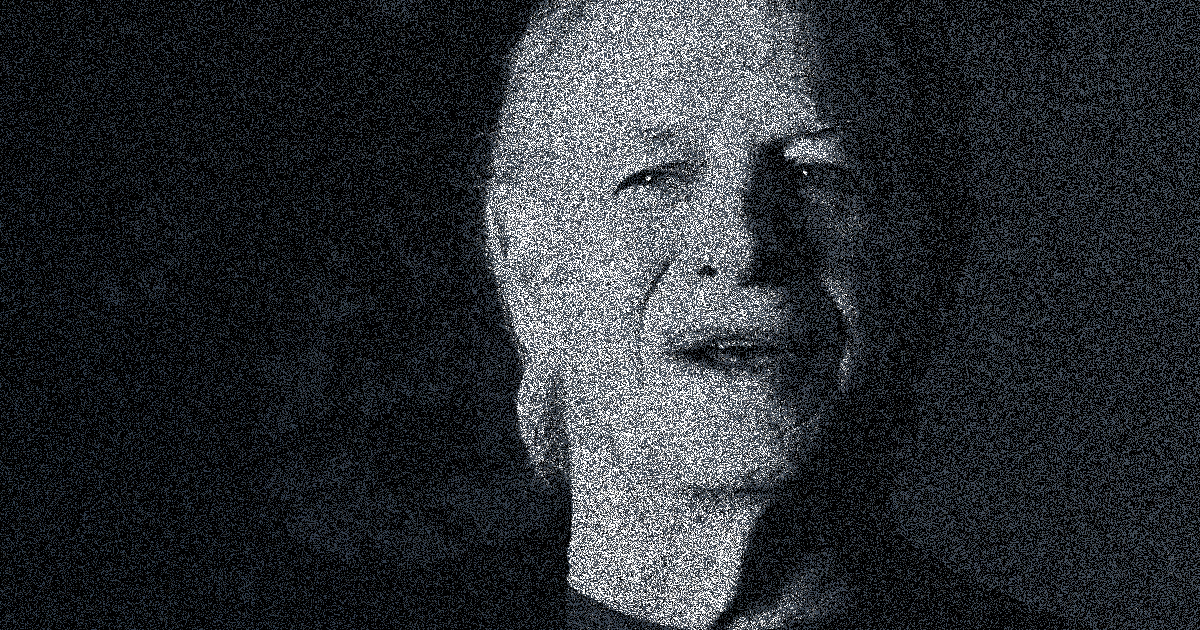
Dr. Santucci, Founder of Sensaphonics
Long before in-ear monitors were the industry standard, Dr. Michael Santucci was quietly working to solve a problem most people couldn’t hear until it was too late.
As an audiologist raised in a family of musicians, he understood not only the science of hearing but also the deep emotional bond artists have with sound. He saw talented players and singers losing the connection to the art they loved through preventable hearing loss — a loss that no stage light or loud cheer could ever replace.
His early work on high-fidelity musician earplugs gave performers something they’d never had: protection without losing tone or feel. When he first encountered early in-ear monitors in the ’90s, he saw both promise and a problem
And then I started looking at the earpieces. I realized that they were plastic and there was holes, vents in them, and I said, you know, how do you keep the levels down with all that sound bleeding through?
That question sent him to a different architecture: sealed fits and balanced-armature drivers. With the ProPhonic IV (1992), he introduced balanced armatures into IEMs and pushed the field toward high-efficiency, lower-SPL monitoring.
Santucci’s perspective is unique in the IEM story because his focus was never about dominating a market or winning the arms race of tech specs. His mission was personal, human, and enduring: keep the music alive for the people making it.
In Can I Get a Little More Me, his voice grounds the narrative in care, science, and longevity — a reminder that sometimes the most revolutionary changes come not from competition, but from compassion.
Recognitions & Awards
Dr. Michael Santucci has been honored across the audiology and pro audio communities for his contributions to hearing health and in-ear monitor innovation:
In 2023, he won the Samuel F. Lybarger Industry Award for his innovative contributions in engineering, technology, and advocacy for promoting hearing health among musicians, their crew, and music enthusiasts
And most recently, The National Hearing Conservation Association (NHCA) honored him with its Lifetime Achievement Award for his contributions to hearing conservation and music audiology.
Behind every award and innovation is a simple truth: Dr. Michael Santucci never set out to build a brand. His mission was always to protect the musicians he loved. In this segment, you’ll hear him tell the story himself — how a family of music, a belief in hearing conservation, and one bold decision with balanced armatures helped reshape the future of live sound.